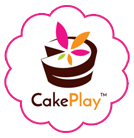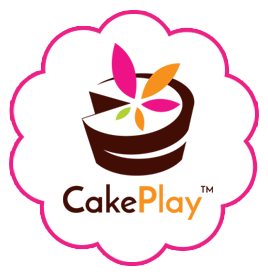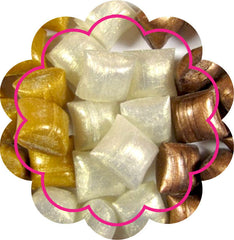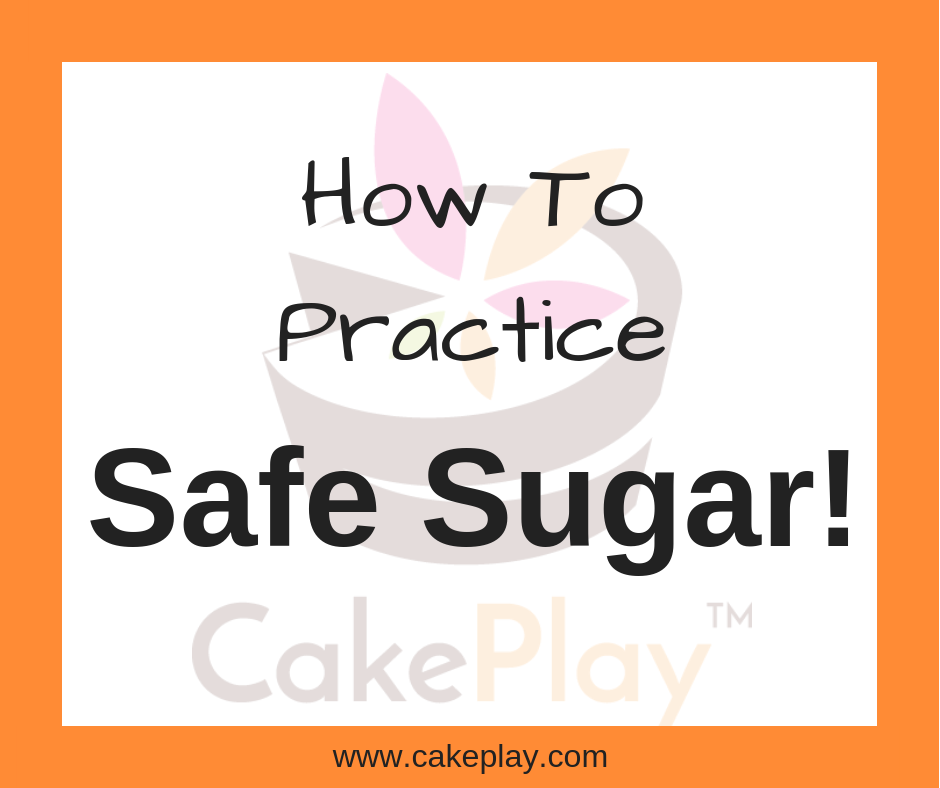How to Practice Safe Sugar
- Anna Weisend
- 12 Sep 2018
Sugar can be dangerous business if you don’t take precautions!
Whether working with Isomalt, molten sugar, or caramel, getting hot sugar on your skin will automatically get you second or third-degree burns. Once you get sugar on your skin, it sticks and continues to burn until you take proper countermeasures. OUCH!
Here at CakePlay we want you to avoid that and set you up for success. With a little effort, you can avoid a lot of pain and a possible trip to the emergency room.
Set Up Your Environment for Safety
Before you start working make sure your environment is conducive to sugar work.
- Your work area should be cleaned of anything that is not being used for sugar work.
- Your worktop should be level.
- Communicate with the people around you to let them know what you are working on and what the dangers are if they aren’t aware.
- Have a bowl of ice water available nearby.
- Following any general ServSafe guidelines is also helpful.
Set Yourself Up for Safety
Once your environment is safe, it’s time to make you safe.
“No gloves, no sugar love!”- Peggy Tucker
- Glove up. Cotton gloves should come first (they act as an insulator) followed by a pair of Nitrile gloves.
- Wear long pants or jeans, preferably loose fitting (chefs wear those Oh-So-Stylish pants for a reason).
- Wear close-toed shoes, avoid canvas or fabric uppers.
- You may want to wear a short-sleeved chef coat or short sleeved shirt and an apron so as not to catch the cuffs of your chef jacket on anything.
What to Do if You Do Get Burned
Accidents do happen. We aren’t perfect and we do make mistakes. It is important to follow the steps below as countermeasures.
- Immediately remove gloves or clothing that sugar has touched.
- Submerge your hand or body part into cold water to stop any additional burning.
- If the burn is over an extensive area go directly to the emergency room after you have applied cold water.
- If the wound is bleeding go directly to the emergency room.
- If it is a small burn, it can be covered in burn cream or antibiotic ointment and a bandage. It should be allowed to air out periodically through the day.
- Take your preferred over the counter pain medication if necessary.
- If it does not appear to be healing correctly or it appears infected, go seek professional help.
- Peggy also uses egg whites to stop the burning after the cold water bath.
A Tale of Caution!
There once was pastry student we shall call Jim (name has been changed to protect the student's pride and reputation). Jim spilled caramel on his finger and then proceeded to try to cool down the burning by sticking said finger into his mouth. Not only is this a gross violation of food safety protocol, and not only did he get a third-degree burn on his finger, but blistered his tongue as well.
Don’t be Jim.
Go forth, play, and create safely!




